
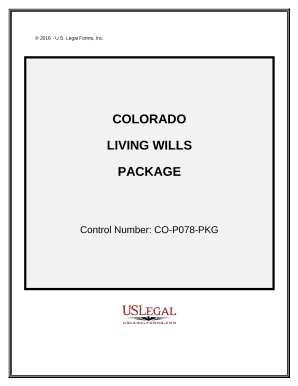

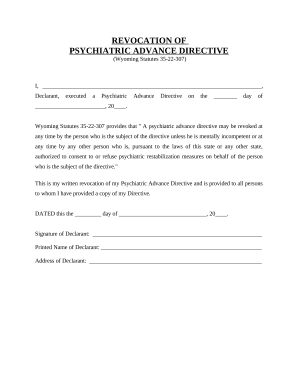
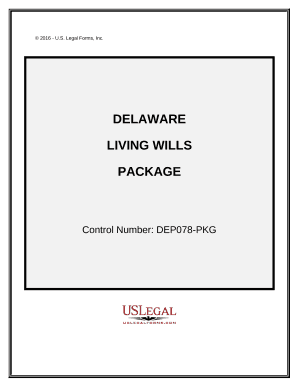
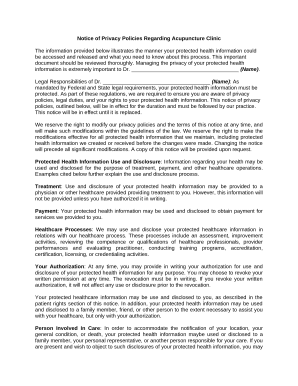
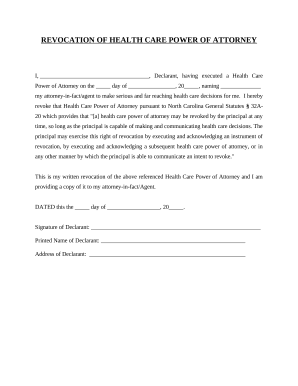
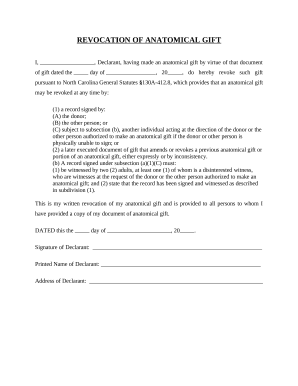
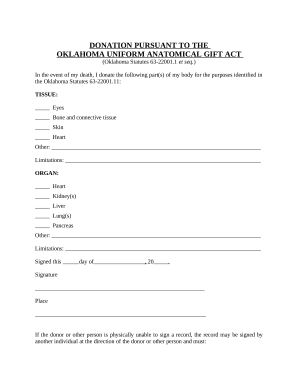
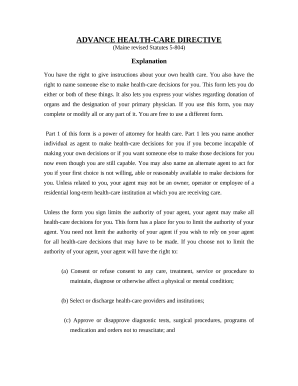
Document managing can overwhelm you when you can’t locate all of the documents you require. Fortunately, with DocHub's considerable form categories, you can find everything you need and swiftly deal with it without the need of changing among apps. Get our US Health Care Legal Forms and begin working with them.
Using our US Health Care Legal Forms using these basic steps:
Try out DocHub and browse our US Health Care Legal Forms category with ease. Get your free profile right now!